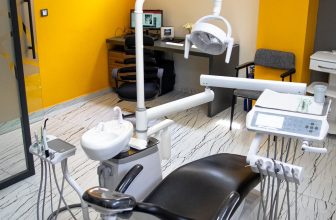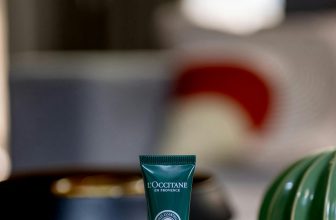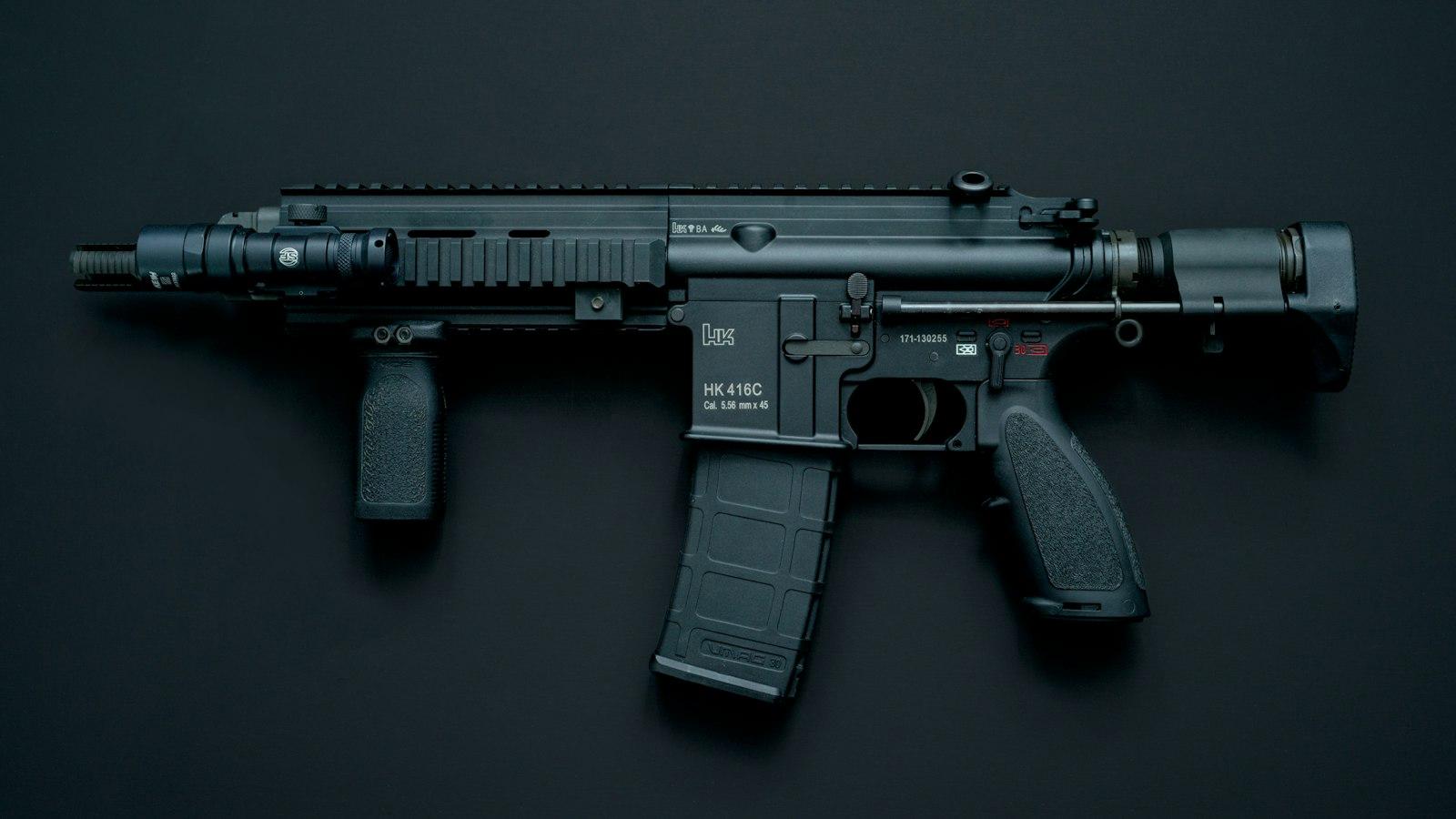
A rifle scope can be a game-changer for any firearms enthusiast, providing heightened precision and aiming accuracy. However, for those new to the world of rifles or simply unfamiliar with using a scope, it can appear quite daunting. In this article, we will guide you through the fundamentals of using a rifle scope, from properly mounting it to adjusting its settings, ensuring that you maximize your shooting capabilities. Whether you are a novice shooter or a seasoned marksman looking for a refresher, this guide will equip you with the knowledge needed to effectively use a rifle scope and enhance your shooting experience.
Introduction: Understanding the Basics of a Rifle Scope
Understanding the Basics of a Rifle Scope
When it comes to using a rifle scope, having a solid understanding of the basics is essential. A rifle scope is an optical device that magnifies your target, allowing for more precise aiming and improved accuracy. Whether you’re a seasoned shooter or a beginner, knowing how to use a rifle scope effectively can greatly enhance your shooting experience. In this post, we’ll delve into the key components of a rifle scope and provide you with some tips to get started.
Components of a Rifle Scope:
A rifle scope typically consists of several key components. These include the ocular lens, eyepiece, objective lens, windage and elevation knobs, reticle, and magnification adjustment ring. The ocular lens and eyepiece allow you to focus on the target, while the objective lens gathers light to provide a clear image. The windage and elevation knobs allow for adjusting the scope’s point of impact, ensuring your shot hits the target accurately. The reticle, also known as crosshairs, helps align your aim, while the magnification adjustment ring enables you to zoom in or out on your target.Proper Mounting and Aligning:
Before you start using a rifle scope, it’s crucial to ensure proper mounting and alignment. Mounting the scope securely is essential for stability and accuracy. Always follow the manufacturer’s instructions when attaching the scope to your rifle. Once mounted, aligning the scope is equally important. Start by setting your rifle in a stable position and looking through the scope. Adjust the windage and elevation knobs until the reticle is centered on the target. This process may require some trial and error, but it’s crucial for proper alignment.Adjusting Magnification:
One of the significant advantages of a rifle scope is the ability to adjust magnification. This feature allows you to zoom in on targets at varying distances. To adjust the magnification, simply rotate the magnification adjustment ring. Many scopes have different magnification options, usually indicated by numbers on the ring. Experiment with different settings to find the optimal magnification for your shooting needs. Keep in mind that higher magnification may reduce the field of view, making it harder to spot targets in close proximity.Using Windage and Elevation Knobs:
The windage and elevation knobs are fundamental for adjusting the point of impact. The windage knob controls side-to-side movement, allowing you to compensate for wind drift. On the other hand, the elevation knob adjusts the vertical point of impact. When shooting at different distances, you may need to adjust both knobs accordingly. Remember to make subtle adjustments and allow time for the scope to settle before firing. Practicing with these knobs will help you become more proficient and accurate in your shooting.Understanding Parallax:
Parallax is an important concept to grasp when using a rifle scope. It refers to the apparent shift of the reticle in relation to the target when your eye is not perfectly aligned with the scope’s optical axis. This can result in aiming errors and decreased accuracy. To minimize parallax, many scopes come equipped with parallax adjustment dials. These allow you to tweak the focus and alignment, ensuring that the reticle remains fixed on the target regardless of any slight head movements. Mastering parallax adjustment will greatly improve your precision when using a rifle scope.
By understanding the basics of a rifle scope and following these tips, you’ll be well on your way to becoming a more skilled shooter. Remember to practice regularly and familiarize yourself with your specific rifle scope model. With time and experience, you’ll develop the expertise needed to make accurate and successful shots. Happy shooting!
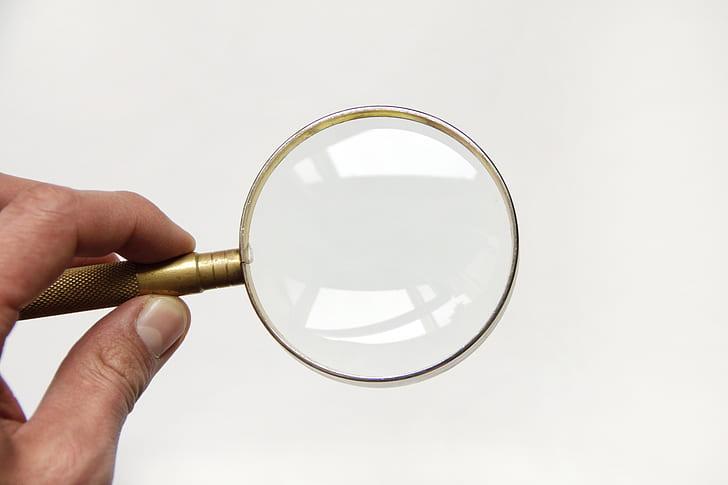
Choosing the Right Scope Magnification for Your Needs
When it comes to using a rifle scope, choosing the right magnification is crucial for achieving accuracy and precision in your shooting. The magnification of a scope refers to how much closer an object appears through the lens compared to the naked eye. Different shooting scenarios require different levels of magnification, so it’s important to understand your needs and choose accordingly.
1. Consider the shooting distance: A key factor in determining the appropriate scope magnification is the distance at which you’ll be shooting. For close-range shooting, such as hunting in dense woods or engaging targets within 100 yards, a low magnification range of 1-4x or 1-6x can be sufficient. On the other hand, for long-range shooting or precision target shooting at distances exceeding 500 yards, a higher magnification range of 12-24x or even 30-50x may be necessary to clearly observe and engage targets.
2. Assess the target size: The size of your intended target also plays a role in choosing the right scope magnification. If you’re targeting larger game animals or shooting at larger targets, a lower magnification may be suitable as it provides a wider field of view and better situational awareness. Conversely, if you’re aiming for small targets or engaging in varmint hunting, higher magnification can assist in picking up finer details and aiming precisely.
3. Consider environmental factors: Environmental conditions can greatly impact your scope’s performance. If you anticipate shooting in low-light conditions, such as during dawn or dusk, consider scopes with a larger objective lens diameter and lower magnification to increase light transmission for a brighter image. Additionally, if you often encounter windy or unstable conditions, a lower magnification can help you maintain a steady aim and track moving targets more effectively.
4. Balancing versatility and specialization: Choosing the right scope magnification also involves striking a balance between versatility and specialization. If you plan on using your rifle for a variety of shooting activities, selecting a scope with a variable magnification range can provide flexibility for different scenarios. However, if your shooting needs are specific, such as dedicated long-range competition shooting or varmint hunting, a fixed magnification scope tailored to your specific requirements may be the best choice.
5. Don’t forget about eye relief: Apart from magnification, it’s essential to consider the eye relief of a scope. Eye relief refers to the distance from the rear lens of the scope to your shooting eye when the target is in perfect focus. Different scopes offer varying eye relief distances, so it’s essential to choose one that provides comfortable and safe clearance from the recoil of your rifle.
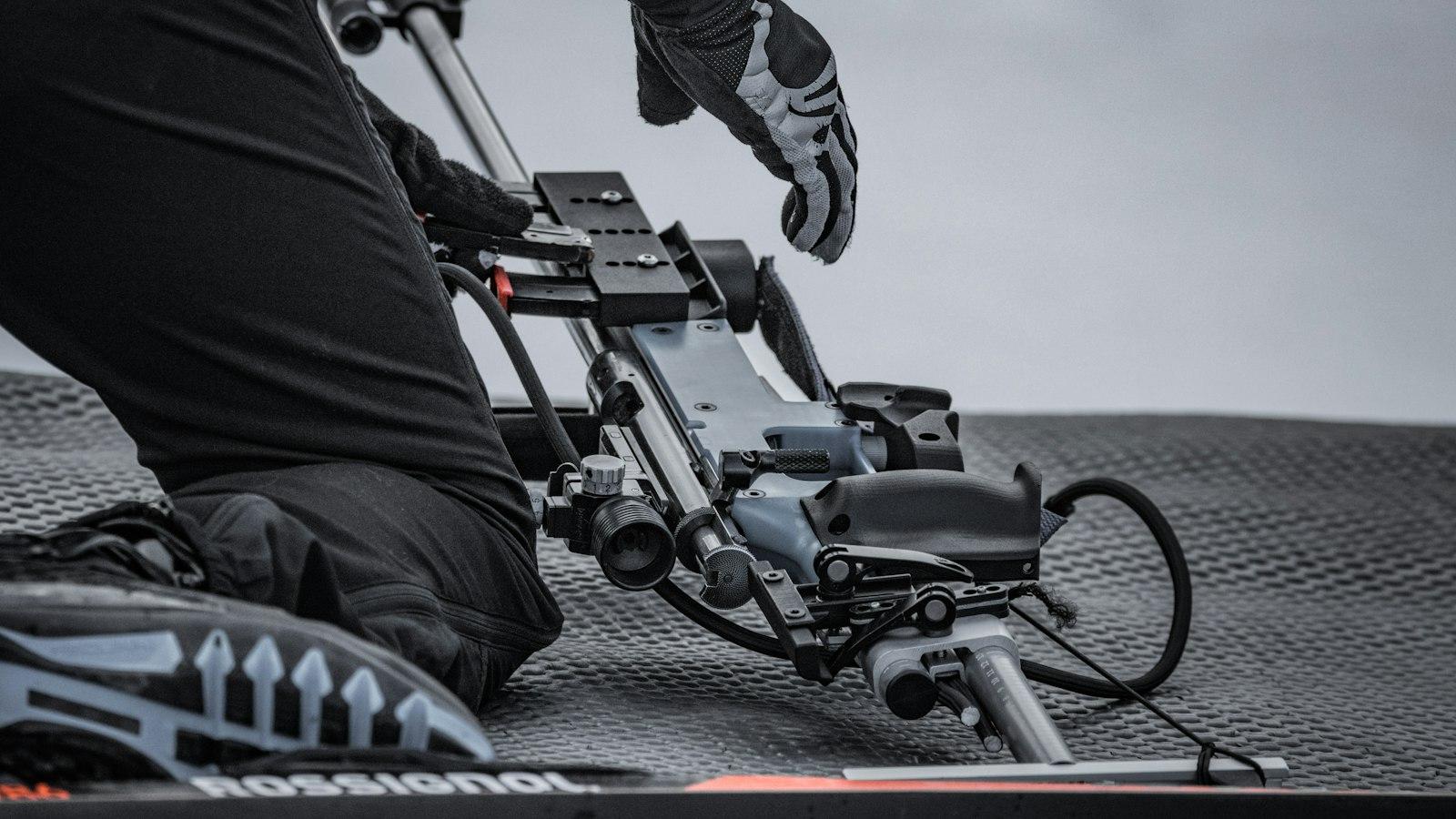
Properly Mounting a Rifle Scope: Key Considerations
When it comes to using a rifle scope, proper mounting is essential for optimal accuracy and performance. Whether you’re a seasoned shooter or just starting out, here are some key considerations to keep in mind when mounting your rifle scope.
1. Choose the Right Mounting System
Before you begin, it’s important to select the right mounting system for your rifle and scope. There are two main types to consider: one-piece mounts and two-piece mounts.
- One-piece mounts: These provide maximum rigidity and are ideal for long-range shooting. They offer a secure and stable platform, minimizing the risk of your scope shifting during recoil.
- Two-piece mounts: These are more versatile and allow for easier scope removal and maintenance. However, they may not be as sturdy as one-piece mounts.
Consider factors like the overall weight of your rifle, its intended use, and personal preferences when choosing the right mounting system.
2. Ensure Proper Alignment
Alignment is key when mounting a rifle scope. To ensure proper alignment, follow these steps:
- Make sure your rifle is unloaded and in a safe position.
- Remove any existing scope or mounts from the rifle.
- Clean the mounting surfaces of your rifle thoroughly.
- Place the rings or mount bases on the rifle, ensuring they are evenly spaced.
- Align the scope in the rings, making sure it is level and centered.
- Tighten the screws or bolts gradually and in a crisscross pattern to avoid uneven pressure.
- Check the alignment one last time using a scope leveling tool.
Taking the time to properly align your scope will greatly enhance your shooting experience.
3. Consider Eye Relief
Eye relief refers to the distance between your eye and the scope’s eyepiece. It’s crucial to ensure that you have the correct eye relief for comfortable and safe shooting. To determine the correct eye relief:
- Consult your rifle scope’s user manual for the recommended eye relief.
- Position the scope far enough from your eye to prevent any potential recoil-related injuries.
- Make adjustments based on your shooting position and individual preferences.
Remember, proper eye relief not only ensures safety but also helps maintain a consistent sight picture for accurate aiming.
4. Torque the Mounting Screws Correctly
Properly torquing the mounting screws is crucial to prevent any potential damage to your rifle, scope, or mounts. Here are some tips to help you get it right:
- Use a torque wrench to tighten the screws to the manufacturer’s recommended torque settings.
- Avoid overtightening the screws, as this can lead to deformation or stripping of the threads.
- Ensure that all screws are tightened evenly to achieve uniform pressure.
- Consider using a thread locker to prevent the screws from loosening over time.
By torquing the mounting screws correctly, you’ll maintain the integrity of your rifle scope setup and minimize the risk of any undesirable outcomes during shooting sessions.
5. Regularly Check and Re-Tighten your Scope
Once your rifle scope is mounted, it’s important to periodically check and re-tighten the mounting screws. Vibrations and recoil can cause the screws to loosen over time, affecting your scope’s performance. To ensure everything stays secure:
- Schedule regular inspections of your mounted scope, checking for any signs of loosening.
- Use the torque wrench to re-tighten the screws if necessary, following the recommended torque settings.
- Consider using thread locker periodically for added security.
By maintaining a properly tightened and secure scope, you’ll enjoy consistent accuracy and extend the lifespan of your equipment.

Mastering Rifle Scope Adjustments for Accurate Shooting
A rifle scope is an essential tool for accurate shooting. It helps you aim at your target with precision, especially when shooting over long distances. However, simply mounting a rifle scope on your firearm is not enough. To truly master the art of accurate shooting, you need to understand how to adjust and use your rifle scope effectively.
Understanding the Basics
Before diving into the adjustments, it’s important to understand the basic parts of a rifle scope. These include the eyepiece, windage adjustment, elevation adjustment, and magnification ring. Familiarize yourself with these components to ensure you can make the necessary adjustments smoothly.
Zeroing Your Rifle Scope
Zeroing your rifle scope is a crucial step to achieve accuracy. To do this, you need to align the crosshairs of your scope with the point of impact of your bullet. Begin by shooting at a target from a stable shooting position. Make adjustments to the windage and elevation settings until the crosshairs align perfectly with the bullet holes on the target.
Accounting for Environmental Factors
When using a rifle scope, it’s important to consider environmental factors that could affect your shot. Factors such as wind speed, temperature, and humidity can all impact bullet trajectory. Learn to adjust your rifle scope accordingly to compensate for these variables. Use windage adjustments to correct for wind drift and consider using a ballistic calculator or app to help you calculate the necessary adjustments.
Practice Makes Perfect
Mastering rifle scope adjustments takes practice. Spend time at the shooting range experimenting with different settings and distances. Practice shooting under various weather conditions to fully understand how environmental factors affect your bullet’s trajectory. The more you practice, the better you’ll become at making quick and accurate adjustments on the field.
Maintaining Your Rifle Scope
A well-maintained rifle scope is essential for consistent accuracy. Regularly clean the lenses to remove dust and debris, as this can affect the clarity of your sight picture. Keep the scope protected from impacts and extreme temperatures to prevent any damage. By properly maintaining your rifle scope, you’ll ensure it remains in optimal condition to support accurate shooting.

Maintenance and Care Tips for Prolonging the Lifespan of Your Rifle Scope
A rifle scope is a delicate and important piece of equipment for firearm enthusiasts. To ensure optimal performance and to prolong the lifespan of your rifle scope, it is crucial to follow proper maintenance and care practices. Here are some useful tips to help you keep your rifle scope in pristine condition:
1. Keep it Clean
Regular cleaning is essential to remove dirt, debris, and residue that can accumulate on the lenses or inside the scope itself. Use a soft, lint-free cloth and a non-abrasive cleaning solution specifically designed for optics. Gently wipe the lenses in a circular motion, starting from the center and working your way outwards. Avoid applying excessive pressure to prevent scratches.
2. Store Properly
When not in use, store your rifle scope in a moisture-free and temperature-controlled environment. Extreme heat or cold can cause damage to the optics and impact its performance. Utilize a padded case or a scope jacket to protect it from dust, moisture, and accidental impact. Make sure to remove the battery if your scope is equipped with an illuminated reticle.
3. Check for Alignment
Periodically check the alignment of your rifle scope to ensure it remains properly calibrated. Any misalignment can significantly affect accuracy. Use a bore sighter or follow the manufacturer’s instructions to verify alignment. If adjustments are required, consult the user’s manual or seek professional assistance.
4. Protect from Recoil
The recoil generated by firing a rifle can cause vibrations and potentially damage the internal components of your scope. To minimize the impact, consider using scope mounts specifically designed to absorb recoil. Additionally, regularly inspect the mount screws to ensure they remain tight and secure.
5. Regularly Check for Damage
Inspect your rifle scope regularly for any signs of damage or wear. Look for cracks, dents, or loose parts that may impact its performance. If you notice any issues, it is best to have your scope inspected and serviced by a professional. Remember, prevention is always better than cure when it comes to maintaining the longevity of your rifle scope.
Q&A
Q: What is a rifle scope and why is it important for shooters?
A: A rifle scope is an optical device used to enhance a shooter’s accuracy and precision by magnifying the target. It is essential for shooters as it provides a clearer view of the target, making it easier to aim and improve shooting performance.
Q: How do I choose the right rifle scope for my needs?
A: When selecting a rifle scope, consider factors such as intended use, shooting distance, magnification level, and budget. Determine if you need a scope for hunting, target shooting, or both. Identify the maximum shooting distance you’ll be working with, as this affects the required magnification level. Finally, set a budget and compare various models within your price range to ensure you choose the best scope for your needs.
Q: What are the different components and parts of a rifle scope?
A: Typical rifle scopes consist of several key components. The ocular lens allows you to see through the scope, while the objective lens gathers light and forms the image. The erector tube houses the magnification and adjustment mechanisms. The reticle, commonly referred to as the crosshairs, assists with aiming and target acquisition. Finally, the turrets control windage and elevation adjustments.
Q: How do I mount a rifle scope on my firearm?
A: Begin by selecting scope rings that match your scope tube diameter and your firearm’s mounting system. Remove the protective caps and loosely attach the rings to the scope tube. Place the scope on your firearm’s receiver, ensuring it is aligned properly and leveled using a spirit level. Fine-tune the ring positions to achieve the desired eye relief (distance between your eye and the ocular lens). Tighten the screws on the rings gradually, alternating between them until firmly secured.
Q: What does the term ”eye relief” mean and why is it important?
A: Eye relief is the distance between your eye and the ocular lens at which you can maintain a clear and unobstructed view without any scope shadow. It is important as proper eye relief ensures comfortable shooting and minimizes the risk of injury caused by recoil. Maintaining the recommended eye relief also helps avoid scope-induced headaches or eye strain during extended shooting sessions.
Q: How do I adjust the windage and elevation on a rifle scope?
A: Most modern rifle scopes have windage and elevation turrets or knobs that allow you to make precise adjustments. To adjust windage (horizontal), rotate the respective turret clockwise or counterclockwise to move the reticle left or right. Similarly, to adjust elevation (vertical), turn the elevation turret in the required direction. Ensure you follow the manufacturer’s instructions for proper adjustments and consider zeroing in your scope at a known distance on a shooting range for maximum accuracy.
Q: How do I maintain and clean my rifle scope?
A: Regular maintenance and cleaning are important to keep your rifle scope functioning optimally. Avoid harsh chemicals and use a soft brush or cloth to remove dirt, dust, or debris from the lenses. Use lens cleaning solution or lens tissue to gently wipe away smudges or fingerprints. Keep protective caps on when the scope is not in use to prevent damage. Store your scope in a cool, dry place to avoid humidity or extreme temperature fluctuations.
Q: How can I improve my shooting accuracy with a rifle scope?
A: To enhance shooting accuracy, ensure proper scope installation and alignment. Familiarize yourself with the reticle’s subtensions to estimate holdovers and windage corrections accurately. Practice proper sight picture, which involves aligning the reticle with the target consistently. Finally, practice trigger control and maintain a steady, relaxed shooting position to minimize errors. With consistent practice, you will gradually improve your shooting accuracy over time. In conclusion, understanding how to use a rifle scope effectively can greatly enhance your shooting experience and improve your accuracy. By following the steps outlined in this article, you can confidently set up and adjust your rifle scope to suit your individual needs. Remember to always prioritize safety by adhering to the proper handling and storage procedures for firearms. With practice and patience, incorporating a rifle scope into your shooting routine can elevate your skills to new heights. Whether you are a seasoned marksman or a novice shooter, mastering the art of rifle scope usage will undoubtedly take your shooting prowess to the next level. So, go ahead, grab your rifle, and embark on an exciting journey towards enhanced precision and target acquisition. Happy shooting!



